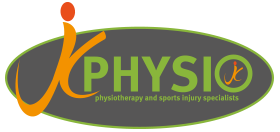On most occasions, people have minimal levels of pain following the injection, however we suggest, where possible, that a friend or relative drive you to your appointment and attends your appointment with you.
Other considerations:
Side Effects – Side effects are very rare, however, to ensure patient safety we ask all patients to remain in the waiting room for 15 minutes after an injection where you can be safely monitored by medically trained staff.
Anxiety – Some patients might feel a little anxious about undertaking a steroid injection and can feel slightly unsteady after the procedure. This is usually very short-lived, commonly lasting no more than a few minutes. Patients will be encouraged to take a seat after the procedure for 15 minutes until these symptoms settle which is usually a couple of minutes.
Other health conditions – Patients with diabetes or poorly controlled blood pressure are advised not to drive immediately after an injection. This is due to the increased potential of the medication to cause a short-term destabilisation of their condition. In rare occasions, this may last for a few days. Patients with poorly controlled blood pressure or diabetes are requested to discuss their condition with their G.P. prior to undertaking a steroid injection.
Lower limb injections and performing an emergency stop – In general, you do not need to notify the DVLA after receiving a steroid injection. However, many insurance companies have strict policies concerning driving after a medical intervention. Often your insurance company will require you to be able to perform an emergency stop safely to comply with your insurance policy. If you are having a lower limb injection such as the hip, knee or foot, we would strongly advise you not to drive to your appointment.







